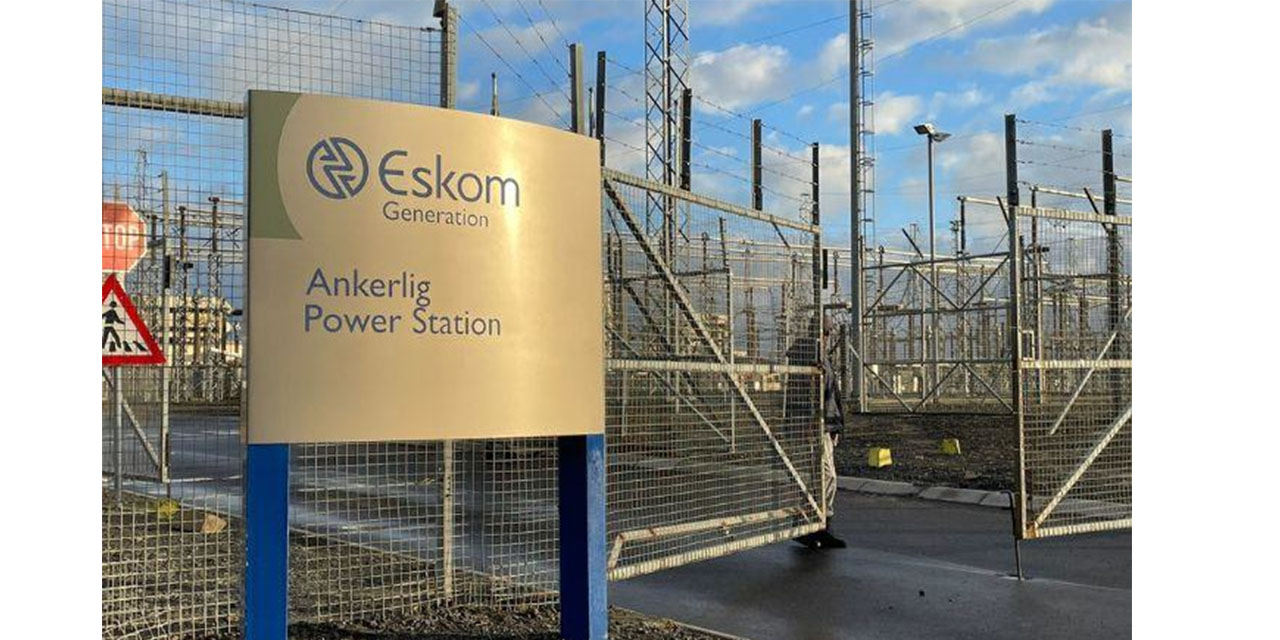CHAMWE KAIRA
South Africa’s power company, Eskom which has announced that there is a high risk of elevated stages of loadshedding in winter, this week explained how this will impact on electricity exports to Namibia.
Responding to questions by Observer Money, Eskom said its power supply agreement for NamPower is in accordance with National Regulatory Standard (NRS) 048-9.
“NRS 048-9 is a code of practice in terms of load reduction practices, system restoration practices and other related matters. During load shedding, NamPower’s load is curtailed as per the requirements of NRS 048-9,” Eskom said.
Under the current agreement with NamPower, Eskom exports 100MW to Namibia and this load is curtailment in terms of the load shedding stage.
The diamond mines in Oranjemund and Daberas are supplied by Eskom through NamPower. When asked how load shedding affects the diamond mines, Eskom said the reductions in power supply are as required by NRS048-9.
South African Electricity Minister Kgosientsho Ramokgopa said this week that Eskom was doing all it could to prevent stage 8 load shedding during winter. He said that while he could not say with certainty that this would be the case; a lot of work was being done to bring the utility’s power units back online.
Last week, NamPower CEO Simson Haulofu disclosed that the company has cut down on electricity imports from South Africa and is getting more from Zambia and Zimbabwe.
The shift is expected to mitigate threats of power cuts in winter with diminished supply from Eskom. The agreement with Zambia is for 180MW while the one with Zimbabwe is for 80MW.
NamPower presently imports between 60% and 70% of its energy requirement, according to figures in the 2022 Annual Report.
NamPower has increased Namibia’s local generation capacity over the years by refurbishing and upgrading its existing plants and collaborating with the private sector to deliver renewable energy capacity to the grid.
Figures in the 2022 report showed that the highest demand of 637 MW (without Skorpion Mine) was recorded compared to the previous record of 616 MW, representing a 3.4% increase in the system’s year on year maximum demand.
NamPower has recorded a positive energy demand growth from 2012/2013 until 2017/2018, where after demand declined, with minimal growth recorded during the year under review.
The reduction in energy demand from 2017/2018 until 2020/2021 is attributed to the economic downturn coupled with the Covid-19 pandemic’s impact.
The report stated that continued growth of energy needs in the southern African region is a strong indicator of macroeconomic growth. However, shortages in meeting demand will hamper the much-needed stimulus of economic growth and activities,” the report said.
“It is, therefore, imperative for all key utilities and the private sector to accelerate all avenues available
for the development of generation capacity, accompanied by relevant key transmission corridors in the region. These accelerated investments will foster local and investor confidence, grow regional economic development, and guarantee the security of supply in the Southern African Power Pool.”
NamPower recently entered into regional power supply agreements with national utilities in the southern African region.
“These agreements are aimed at continuing and ensuring the adequacy of supply. With the evolution towards cost-reflective tariffs in the region and envisaged regional tariff increases, NamPower will continue to ensure the suitability and sustainability of supply options to minimise the detrimental impact of increased tariffs on the local market while fostering sustainability over the medium- to long-term,” the report said.




